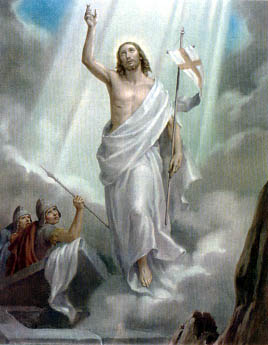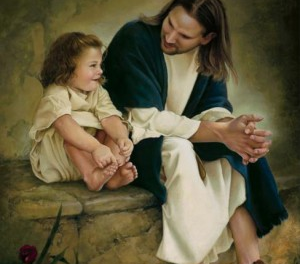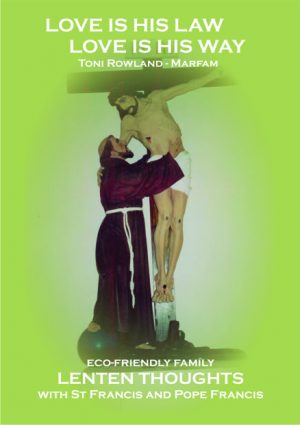April 20. EASTER SUNDAY. Scripture, Reflection. Sharing, Discussion. Read the Resurrection account in John 20: 1-9 or any of the gospels. The director asked the families to consider how his disciples, still traumatized from experiencing his death had to learn to relate to the risen Jesus.
The youth from the different families had become quite close and shared quite deeply. “I prefer to relate to the flesh and blood Jesus” Josh said, “he is so much more human.” They had to laugh at that. “Isn’t that exactly why he did come to earth as a human being, from being a helpless squawking infant, no doubt, to a little bit of a rebellious teenager, if you will excuse me for saying so, to a man who could speak with authority, inspired tremendous love and devotion, but also hatred from those who were not willing to follow his way and love as he loved. We do believe what we are taught that he was truly God, but he was also truly man.”
The director summed up. “While we meditate and try to relate to Jesus as a man, to discover the personal qualities and learn how to love as he loved, at the Resurrection he moved into a different domain. As Risen Lord he returned and appeared at different times to different people. He remains with us too while at the same time being with the Father. His Post-resurrection appearances continued his teaching and prepared his followers for continuing the task of building the Kingdom, for which he promised to send a Helper. That is the task we still have today. You can call it Evangelisation, and maybe for some of us this week’s experience could even be called a New Evangelisation, deeper love and greater knowledge and greater confidence in hope.”
“Amen,” they agreed. “That statement, “love one another as I have loved you” certainly has made me think.” “And me.”
Pope Francis: Whether the image of the Sacred Heart or whatever the image employed, it is clear that the living heart of Christ – not its representation is the object of our worship, for it is part of his holy risen body, which is inseparable from the Son of God who assumed that body forever. We worship it because it is “the heart of the Person of the Word, to whom it is inseparably united. Nor do we worship it for its own sake, but because with this heart the incarnate Son is alive, loves us and receives our love in return. Any act of love or worship of his heart is thus “really and truly given to Christ himself”, since it spontaneously refers back to him and is “a symbol and a tender image of the infinite love of Jesus Christ”. DN 50
Surely we need to “abound in hope” (cf. Rom 15:13), so that we may bear credible and attractive witness to the faith and love that dwell in our hearts; that our faith may be joyful and our charity enthusiastic; and that each of us may be able to offer a smile, a small gesture of friendship, a kind look, a ready ear, a good deed, in the knowledge that, in the spirit of Jesus, these can become, for those who receive them, rich seeds of hope. SNC18







Recent Comments